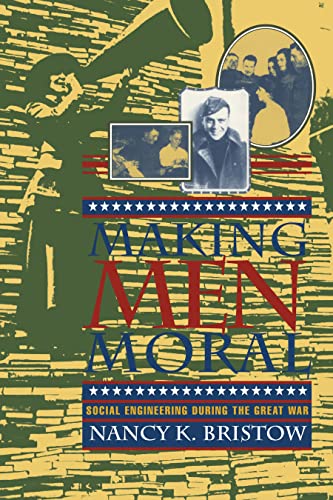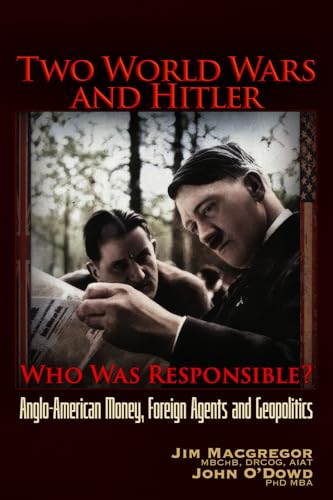
Making Men Moral
by Nancy K. Bristow
"Social Engineering During the Great War"
Popularity
2.69 / 5
* A book's popularity is determined by how it compares to all other books on this website.
Where to buy?
Buy from Amazon* If you buy this book through the link above, we may receive a small commission at no extra cost to you.
Making Men Moral by Nancy K. Bristow
Details
War:
World War I
Perspective:
Researcher
Biography:
No
Region:
Europe
Page Count:
346
Published Date:
1996
ISBN13:
9780814712207
Description
Brief Summary
Making Men Moral by Nancy K. Bristow delves into the historical context of the United States during World War I, highlighting the creation and influence of the Commission on Training Camp Activities (CTCA). Initiated by President Wilson in 1917, this federal program was aimed initially at eradicating venereal disease in military training camps but evolved into a significant social force. The book provides an in-depth analysis of how the CTCA sought to maintain moral standards and homogeneity, utilizing repression when deemed necessary.
Main Themes and Topics
The central theme of Bristow's work is the intersection of morality, government intervention, and social control. The book explores how a program aimed at preserving the health of military personnel expanded into a broader effort to enforce moral behavior and uniformity in American society. Bristow addresses the tactics used by the CTCA to achieve these goals and the social and cultural implications of such interventions. The narrative also touches upon the tensions between public health initiatives and personal freedoms.
Writing Style and Tone
Nancy K. Bristow’s writing in Making Men Moral is both scholarly and accessible, striking a balance between academic rigor and engaging storytelling. Her tone is analytical, yet she succeeds in bringing historical events to life for the reader. The book is well-researched, drawing on a variety of primary and secondary sources to build a compelling historical narrative.
Criticism
While Making Men Moral is praised for its thorough research and insightful analysis, some critiques focus on its dense prose, which may present a challenge to general readers not accustomed to academic texts. Others have noted that the book’s focus on the CTCA might overshadow other concurrent social programs and initiatives, perhaps limiting the broader understanding of the era's social reform movements.









